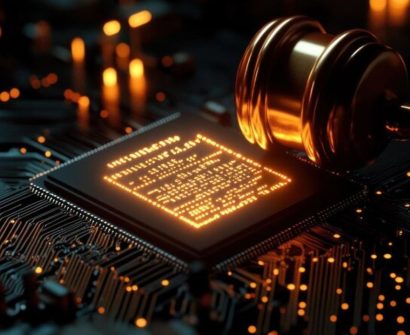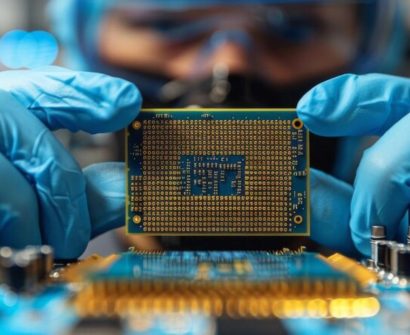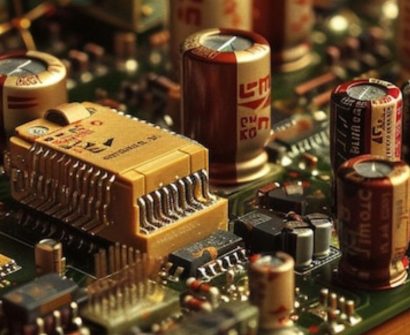
Introduction
In the ever-evolving landscape of Very Large Scale Integration (VLSI) technology, adaptability and flexibility are paramount. As the demands for specialized and high-performance applications continue to surge, VLSI designers are turning to Field-Programmable Gate Arrays (FPGAs) to meet these challenges head-on. FPGAs offer a unique blend of customization and reconfigurability, enabling designers to unleash the full potential of their designs. In this blog post, we’ll explore the world of FPGA in VLSI and discover how these versatile devices are transforming the semiconductor industry.
What Is FPGA?
FPGA, or Field-Programmable Gate Array, is a semiconductor device that can be programmed and configured after manufacturing. Unlike Application-Specific Integrated Circuits (ASICs), which are custom-designed for specific tasks and cannot be altered once fabricated, FPGAs offer a canvas for designers to create and modify digital circuits on demand.
The Power of Flexibility
- Rapid Prototyping: FPGA technology is a game-changer in the prototyping phase of VLSI design. Engineers can quickly implement and test various designs without the lengthy and costly ASIC production cycle. This agility not only speeds up the development process but also allows for fine-tuning and optimization along the way.
- Adaptive Hardware: FPGAs provide a level of adaptability that is unmatched in the VLSI realm. Designs can be altered in real-time, making FPGAs ideal for applications that require dynamic reconfiguration, such as wireless communication, image processing, and cryptography.
- High-Performance Computing: FPGAs are increasingly employed in high-performance computing environments. Their parallel processing capabilities make them suitable for tasks like artificial intelligence, deep learning, and scientific simulations. FPGAs can be customized to accelerate specific algorithms, resulting in significant speed improvements.
The FPGA Design Flow
Designing with FPGAs involves a unique process:
- Hardware Description Languages (HDLs): Engineers use HDLs like VHDL or Verilog to describe the desired functionality of the digital circuit.
- Synthesis: The HDL code is synthesized into a netlist, a representation of the circuit’s logical functions.
- Place and Route: During this step, the tools map the logical functions onto the physical resources of the FPGA, optimizing for performance, power, or area, depending on the design goals.
- Configuration: The final bitstream file is generated, which configures the FPGA to perform the desired function.
Applications of FPGA in VLSI
FPGAs have found their way into numerous VLSI applications:
- Embedded Systems: FPGAs serve as versatile coprocessors in embedded systems, offloading tasks from the main CPU to accelerate critical operations.
- Communication: In telecommunications, FPGAs handle tasks like signal processing, encryption, and network protocol offloading.
- Medical Devices: FPGAs are used in medical imaging equipment, DNA sequencing devices, and real-time monitoring systems.
- Aerospace and Defense: In radar systems, drones, and secure communication systems, FPGAs provide the necessary adaptability to meet changing mission requirements.
- Automotive: FPGAs play a role in advanced driver-assistance systems (ADAS), infotainment, and autonomous vehicles, providing the flexibility needed to adapt to evolving safety standards.
Conclusion
Field-Programmable Gate Arrays are transforming the VLSI landscape by offering unparalleled flexibility and adaptability. In an era where customization and rapid development are crucial, FPGAs empower designers to create cutting-edge solutions for a wide range of applications. As technology continues to advance, FPGAs will undoubtedly remain at the forefront of innovation in the semiconductor industry, ushering in a new era of VLSI design possibilities.






